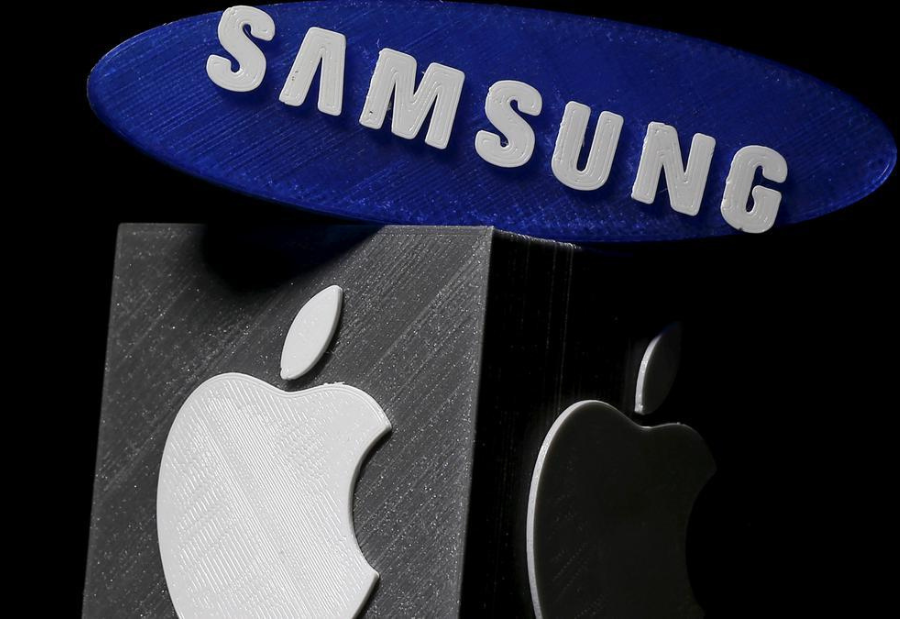Through a new, high-profile relationship with NVIDIA, Yum! Brands, the worldwide behemoth behind Taco Bell, Pizza Hut, KFC, and Habit Burger Grill, is making a significant leap into the future of restaurant operations. The partnership, which was revealed at NVIDIA’s recent GTC developer conference in San Jose, aims to hasten the implementation of AI throughout Yum!’s worldwide footprint, influencing everything from labor management and back-of-house operations to drive-thru ordering.
For the quick-service restaurant industry, where digital change is becoming necessary rather than elective, this partnership comes at a critical juncture. Operators are using technology not only to improve operations but also to completely redesign the customer experience in response to growing labor costs, shifting consumer expectations, and growing demands for speed, convenience, and personalization.
Joe Park, the Chief Digital and Technology Officer for Yum! Brands, informed GTC delegates that digital sales now make up over 50% of the company’s overall revenue, up from 19% in 2019. A deliberate focus on integrating digital technologies, including AI-powered solutions, throughout Yum!’s extensive portfolio of more than 61,000 restaurants worldwide is what is responsible for the dramatic increase.
The use of speech AI agents at contact centers and drive-thrus is one of the initiative’s main goals. These technologies, which were created in collaboration with NVIDIA, use conversational AI models and sophisticated natural language processing to comprehend, react to, and even upsell to consumers in real time. In addition to replacing human labor, these voice agents are made to improve the ordering experience by being reliable, amiable, and effective, especially during busy times like lunch rushes or important sporting events.
The typical consumer spends almost 5 minutes and 29 seconds at a fast food drive-thru, per a 2024 survey conducted by Intouch Insight. According to preliminary statistics, AI-powered drive-thrus can cut that time by as much as 29 seconds, which might revolutionize throughput efficiency and customer happiness. Voice AI may increase check averages and ease the burden on front-line staff by increasing accuracy and enabling large-scale upselling.
Park underlined that the goal of using AI is to assist team members rather than to replace them. He pointed out that AI can handle transactional and repetitive chores, freeing up team members to concentrate on managing business and providing excellent hospitality.
Yum! Brands isn’t just adding artificial intelligence to pre-existing systems. The business is expanding on its in-house platform, Byte by Yum!, which combines customer data, labor scheduling, inventory management, point-of-sale (POS), and delivery logistics into a unified technological ecosystem. Yum! can now extend these capabilities across many brands and markets with increased efficiency and reduced deployment costs by combining NVIDIA’s AI and edge computing technologies.
Among NVIDIA’s contributions are its NVIDIA AI Enterprise platform and NIM microservices, which are pre-trained AI models that are simple to modify and implement on edge devices in dining settings. By enabling real-time, on-site AI task processing, our solution lowers latency and eliminates reliance on cloud infrastructure.
Additionally, restaurant video feeds are being analyzed using NVIDIA’s machine vision technology. AI, for instance, can determine if the food being served at the window matches the customer’s order, increasing order accuracy and cutting down on waste. Additionally, vision-based AI is being taught to recognize bottlenecks in drive-thru or kitchen operations and make real-time correction recommendations.
Order to reach 500 outlets, including KFC and Habit Burger Grill, by the end of Q2 2025, Yum! has started testing these AI technologies at a few Taco Bell and Pizza Hut stores around the United States. The project’s size and scope suggest a substantial investment in long-term AI infrastructure, even if the corporation has not revealed the precise locations of these pilots or the financial conditions of the collaboration.
Yum! is also investigating the usage of action plans produced by AI for restaurant management. Prescriptive guidance is provided by these technologies, which use previous performance data and present conditions to advise managers not just what is occurring in their stores but also what they should do about it.
Yum!’s action fits into a larger trend in the business. With rivals like McDonald’s, Wendy’s, White Castle, and Panda Express all experimenting with voice AI and automation in different ways, the QSR sector has turned into a trial ground for AI adoption. But not everyone has had an easy journey. For instance, McDonald’s terminated a speech AI experiment with IBM in 2023 due to technical issues and consumer concerns, indicating that effective deployment calls for human oversight and thorough testing in addition to innovation.
Yum! seems to be setting itself apart in this regard by emphasizing iterative development, openness, and strategic integration. The business has said unequivocally that AI will be a tool that develops via ongoing learning and improvement rather than a “set it and forget it” approach.
A convincing template for success is provided by the Yum!-NVIDIA cooperation for restaurant executives, franchise operators, and IT leaders assessing AI efforts. AI is becoming a useful tool for enhancing operational effectiveness, visitor experience, and financial results rather than just a futuristic term. AI can empower employees and improve every facet of the customer journey when it is carefully incorporated into an enterprise.
Yum! Brands has the size, infrastructure, and dedication of its leadership team to use AI to produce significant outcomes. With over 61,000 outlets throughout the globe, Yum!’s actions frequently set the standard for the industry as a whole. The company’s collaboration with NVIDIA aims to develop the intelligent, responsive, and scalable restaurant model of the future, not merely speedier drive-thrus.
The operators who adopt strategic innovation, supported by data and validated by practical application, will have the most distinct competitive edge as AI develops.
Also read: Viksit Workforce for a Viksit Bharat
Do Follow: The Mainstream formerly known as CIO News LinkedIn Account | The Mainstream formerly known as CIO News Facebook | The Mainstream formerly known as CIO News Youtube | The Mainstream formerly known as CIO News Twitter
About us:
The Mainstream formerly known as CIO News is a premier platform dedicated to delivering latest news, updates, and insights from the tech industry. With its strong foundation of intellectual property and thought leadership, the platform is well-positioned to stay ahead of the curve and lead conversations about how technology shapes our world. From its early days as CIO News to its rebranding as The Mainstream on November 28, 2024, it has been expanding its global reach, targeting key markets in the Middle East & Africa, ASEAN, the USA, and the UK. The Mainstream is a vision to put technology at the center of every conversation, inspiring professionals and organizations to embrace the future of tech.




